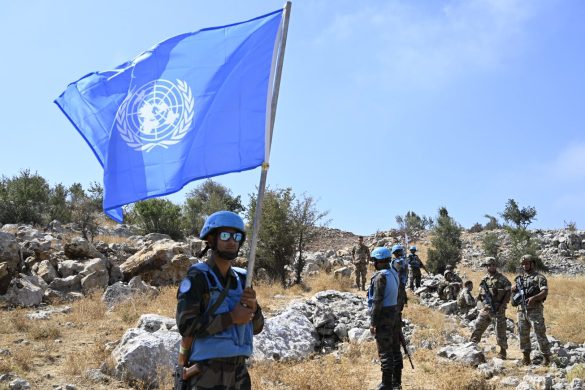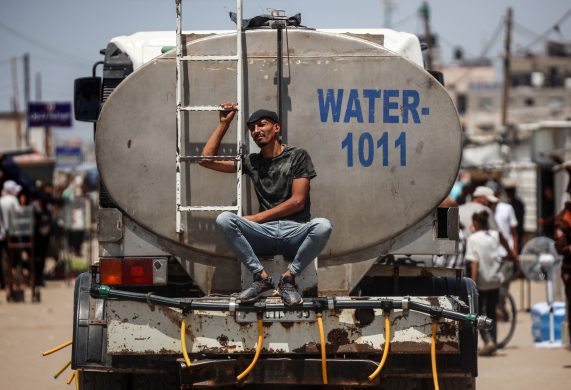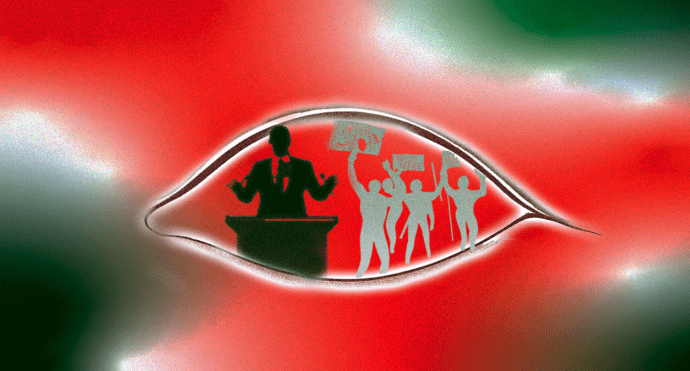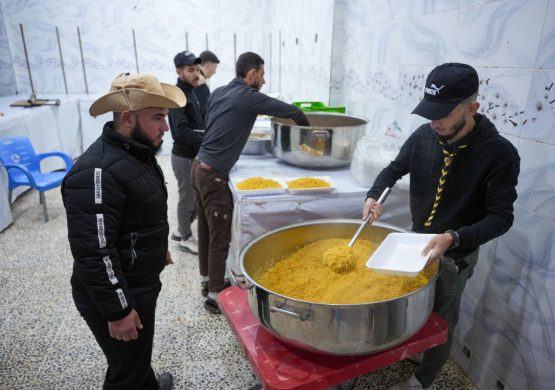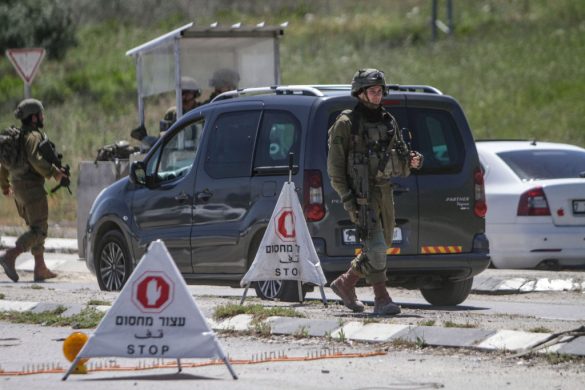Analytikere siger, at hele regionen syder og flere voldsomme omvæltninger med store konsekvenser kan blive resultatet
DUBAI, 12 January 2012 (IRIN): If you thought 2011 was a historic year for the Middle East, 2012 is likely to be even more unpredictable.
The region was swept up by mass demonstrations that forced four dictators out of power, threatened the rule of several others, and created huge humanitarian needs.
But analysts say the region may get even hotter in the coming months, with serious consequences for security, displacement (fordrivelser), livelihoods (levefod) and access to food and water.
– 2012 is going to be the year of crisis, said Riad Kahwaji, founder and chief executive officer of the Dubai-based Institute for Near East & Gulf Military Analysis (INEGMA).
The following are some of the flashpoints and vulnerabilities to look out for:
Syria
President Bashar al-Assad’s vow on 10 January to fight “terrorists” with an “iron fist” has Syrian activists worried that the crackdown will only get worse.
The UN says more than 5.000 civilians and army defectors have probably been killed so far, while the government says 2.000 members of its security forces have died in the violence.
According to the Turkish and Lebanese governments, more than 25.000 people fled Syria in 2011, though many have since returned.
The UN has said there are pockets of humanitarian needs in the country, including reduced livelihoods, food insecurity and temporary cut-offs from basic services, which it said are likely to increase with the ongoing violence.
A mission of Arab League monitors sent to Syria is struggling: it has acknowledged it needs assistance to carry out its tasks; its members have come under attack; and one of its monitors resigned in protest at what he called a “farce” of a mission.
Al-Assad mocked (spottede) the League during his speech, saying it had failed for six decades to do anything for Arabs.
A failure of the Arab League mission means the UN will likely get involved, Edward Djerejian, a former US ambassador to Syria, told the BBC.
If Sunni powerhouses Turkey and Saudi Arabia funnel weapons to the majority Sunni opposition movement in Syria, “it is quite likely that the uprising would take an even more sectarian tone and you would have the potential for a second Iraq in Syria whereby political allegiances are based entirely on sect and ethnicity, militias are formed, the state collapses and you have a full-blown civil war”, said Christopher Phillips, a lecturer in international relations of the Middle East at Queen Mary college, University of London.
The Syrian regime could also use a civil war as a way of clinging to power, he told IRIN.
Israeli Defence Minister Ehud Barak has said he expects al-Assad to fall within months and Israel has prepared for the eventuality of taking in fleeing refugees from al-Assad’s minority Alawi sect.
If and when al-Assad’s government falls, Syria will be confronted by various challenges, including the polarization of sects (religiøse retninger), possible revenge killings or sectarian war, and an unpredictable reaction from Lebanon-based Shia militant group Hezbollah, and its backers in Iran.
Iraq, Iran and Israel
Læs videre på http://www.irinnews.org/report.aspx?reportid=94633






